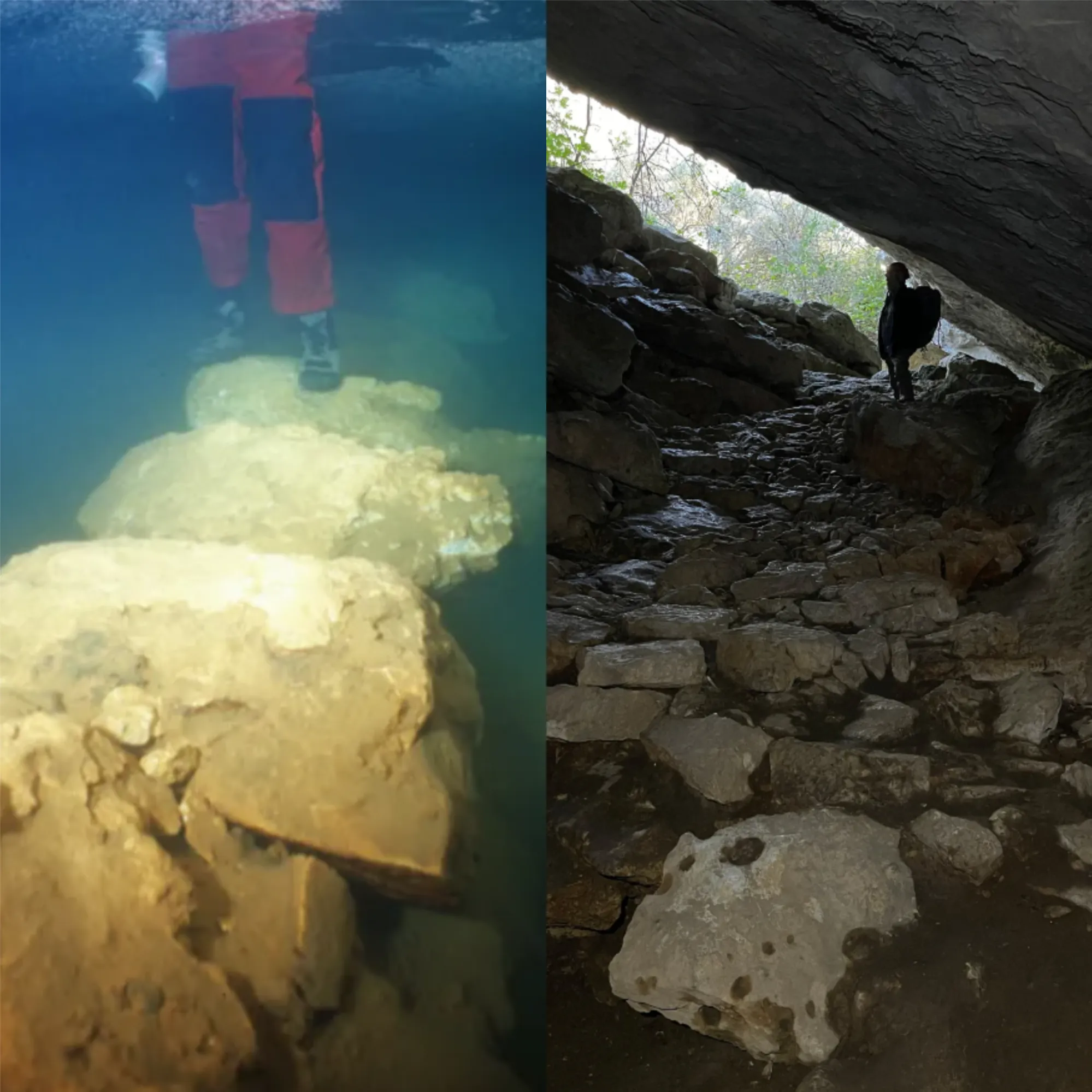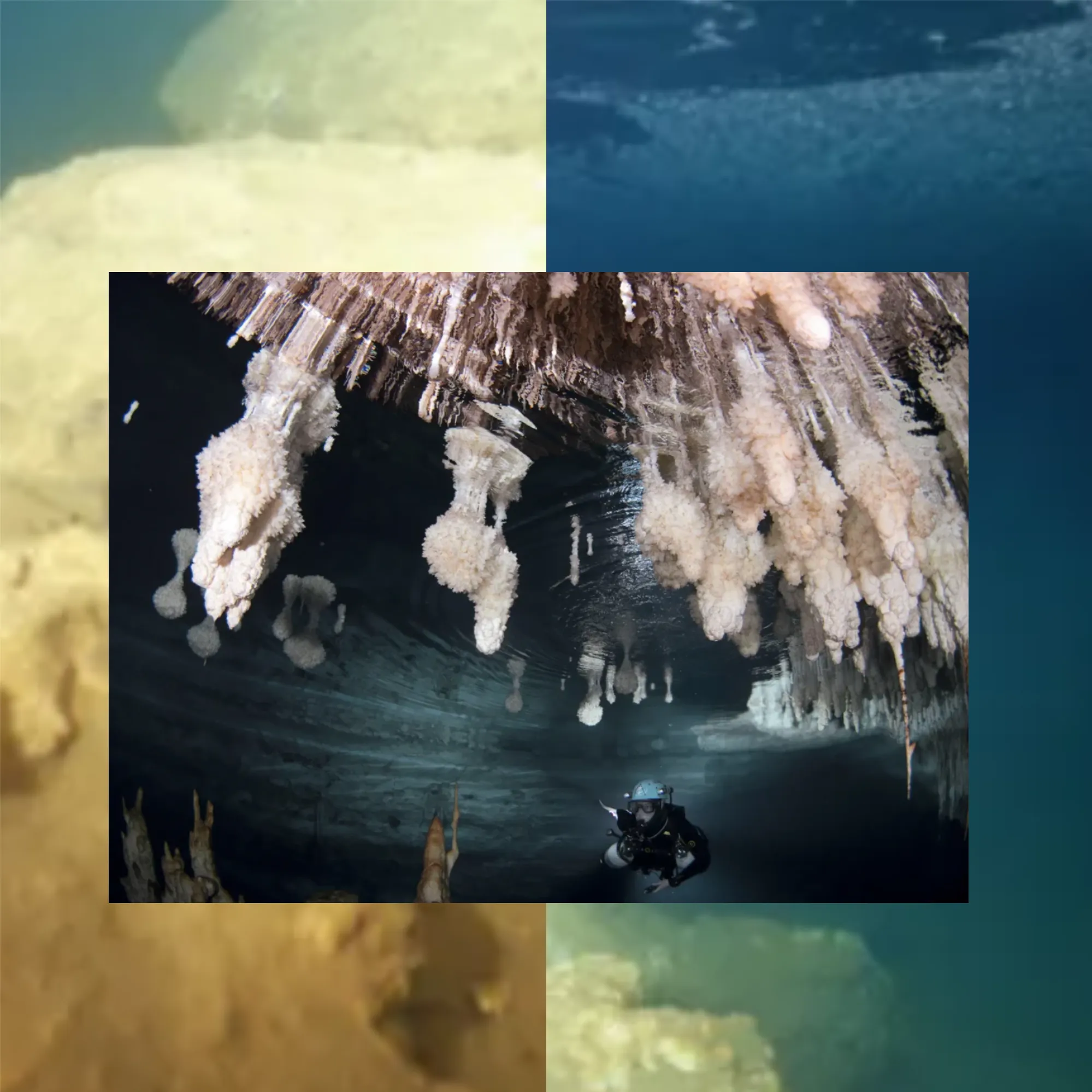
Ancient Bridge in Mallorca Cave Unveils Early Human Settlement

A remarkable discovery in the Genovesa Cave on the Spanish island of Mallorca is shedding new light on the history of human settlement in the western Mediterranean. Researchers have uncovered a 25-foot-long (7.6-meter) submerged bridge within the cave, revealing that humans inhabited Mallorca nearly 6,000 years ago—much earlier than previously thought. This finding could help narrow the timeline between the colonization of the eastern and western Mediterranean regions.
The study, recently published in Communications Earth & Environment, highlights the challenges historians have faced in determining when humans first settled on Mediterranean islands. The absence of written records and the scarcity of archaeological evidence have left many questions unanswered. However, the discovery of a distinct “bathtub ring” and mineral formations on the bridge has allowed scientists to estimate its construction date with greater accuracy.
Leading the research, Professor Bogdan Onac from the University of South Florida’s School of Geosciences noted that the presence of the submerged bridge and other artifacts suggests a high level of sophistication among the early settlers. These ancient inhabitants likely recognized the importance of the cave’s water resources and strategically built infrastructure to navigate it.
The bridge, composed of large limestone blocks—some spanning 4.2 feet (1.3 meters)—remains a mystery in terms of how it was constructed. Researchers believe that the bridge provided a dry, continuous path from the cave’s entrance to a chamber beyond an underground lake. First discovered in 2000, earlier studies estimated the bridge to be about 3,500 years old. However, more recent research points to a much earlier human presence on the island, with evidence suggesting humans may have arrived as early as 9,000 years ago.

The study’s findings are based on the analysis of sea level changes and geologic formations within the cave. By examining a light-colored band and calcite encrustations on the bridge, the research team concluded that the bridge was built approximately 6,000 years ago, when sea levels were lower.
Although the exact purpose of the cave and its bridge remains unclear, fossils of an extinct goat species and pottery fragments found in the cave hint at its significance to the early inhabitants. The cave may have served as a living space, a place for rituals, or even a storage area to protect food from Mallorca’s hot climate.
The discovery adds to the growing body of evidence that suggests Mallorca was settled later than the islands in the eastern Mediterranean due to its challenging environment. Despite being large and relatively close to mainland Spain, the island’s hot, dry climate and limited natural resources made it less attractive to early settlers.
This newfound understanding of early human activity in Mallorca not only enriches the history of the island but also provides valuable insights into the broader patterns of human migration and settlement in the Mediterranean region.






